NOTE: For prior parts in the Hizballah Cavalcade series you can view an archive of it all here.
–
Ansar Allah al-Awfiyya: One of Many New Khomeinist Militias in Iraq
By Phillip Smyth

Figure 1: AAA’s logo. The symbol features the fist-gripping-a-Kalashnikov symbol, which is nearly ubiquitous among Iranian proxy groups.
On August 10, 2014, Ansar Allah al-Awfiyya (The Loyal Partisans of God or AAA), a Shia jihadi militia, announced its existence via Facebook and cast itself as a militia whose purpose is to assist in fighting Sunni Jihadi groups such as the Islamic State (IS, also known as ISIS or the Islamic State of Iraq and al-Sham) and the “Ba’athists” (likely a reference to the Naqshbandi Army or JRTN). Two weeks following its declarations of existence, the group had already reported its first losses.
The group has cast itself as supportive of the Iranian Supreme Leader and attempts to appeal to Iraq’s large Sadrist Movement (Al-Tayyar al-Sadri) by incorporating images of the late Ayatollah Muhammad Muhammad Sadiq Sadr.
Proxy Overlap

Figure 2: A “martyrdom” poster released for a Liwa al-Hamad militant killed in Syria. The poster was circulated by and featured the logo of KSAI’s media wing.
While new and relatively unheard of, AAA did not emerge from a void. As with other Iranian proxies, the group has listed itself as one of the many groups belonging to “al-Muqawama al-Islamiyyah fi al-Iraq” (“The Islamic Resistance in Iraq”). Yet, its “Muqawama” credentials are simply one piece to a larger interconnected Iranian proxy network.
Shaykh Haydar al-Gharawi, Secretary General of Kayan al-Sadiq w al-‘Atta fi al-Iraq (KSAI or The Group of Honesty and Caring in Iraq) announced AAA as a militia associated with his small Maysan Province based party. LSAI has been politically active since 2012 and has had members serve on Maysan’s provincial council. In June, one LSAI leader on Maysan’s provincial council declared the province would allocate billions of Iraqi dinars to assist with training for volunteer fighters.1
KSAI has also promoted its association with Akram Kaabi, the Secretary General of Liwa al-Hamad’s parent group, Harakat Hizballah al-Nujaba. Since HHN has sub-militia groups, such as Liwa Ammar Ibn Yasir and Liwa al-Imam al-Hasan al-Mujtaba, it appears that KSAI has the most extensive links with HHN’s Liwa al-Hamad. These associations were exposed via Facebook posts earlier in 2014 via the posting of “martyrdom” notices from the group about a member killed fighting as part of Liwa al-Hamad. Additionally, the same style of graphics used for Liwa al-Hamad’s online posts are replicated. Further demonstrating the deep links between Liwa al-Hamad and AAA, Liwa al-Hamad’s official Facebook pages have even adopted the logo of AAA.
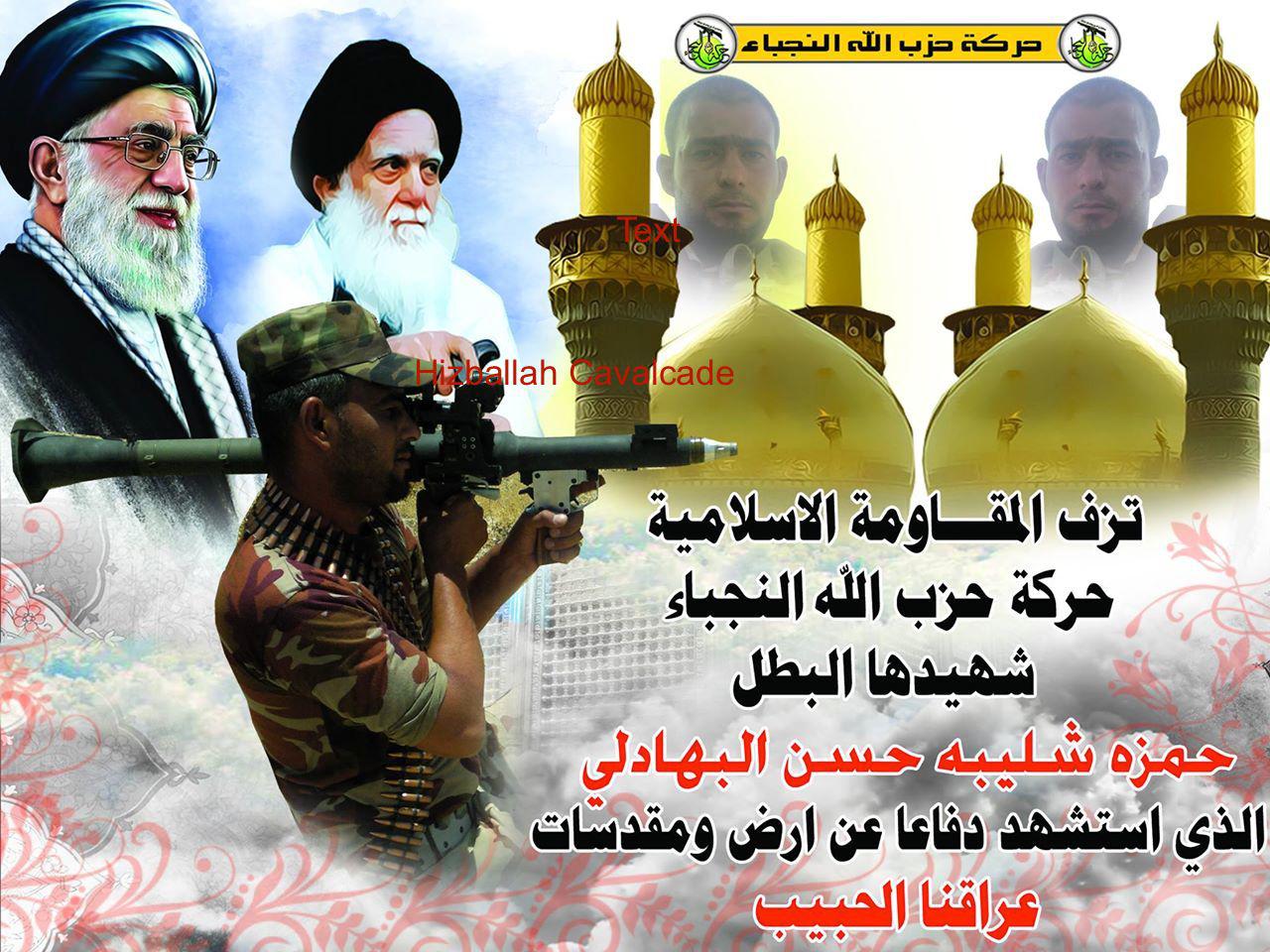
Figure 3: A “martyrdom” poster for a HHN member. The image is the same model used by AAA.
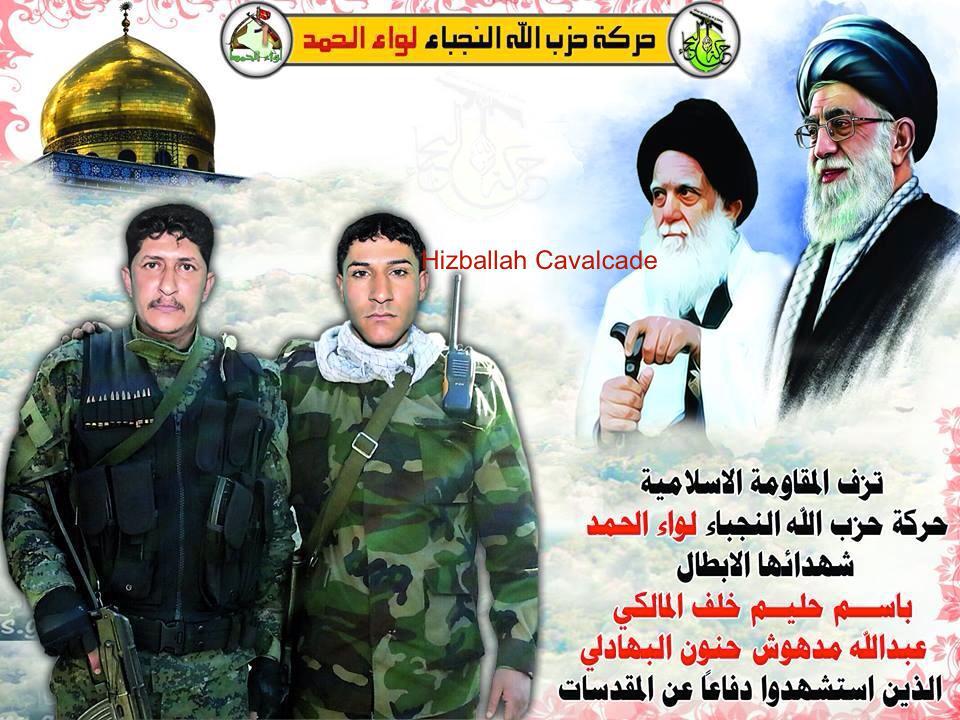
Figure 4: A “martyrdom” poster for Liwa al-Hamad. This model is the same as AAA’s “martyrdom” imagery.

Figure 5: Liwa al-Hamad’s official Facebook page has also adopted the AAA logo.
Ansar Allah al-Awfiyya has also claimed it is affiliated with Harakat Ansar Allah al-Awfiyya, (The Movement for the Loyal Partisans of God). It is unknown whether the group is attempting to market itself as a separate or unified movement with LSAI, or simply using the term “Harakat” (“Movement”) to appear larger and/or more developed. Nevertheless, the creation of multiple interlinked groups utilizing commanders who were members of other established organizations is a common strategy within the realm of Iran proxy militias.2
Ansar Allah al-Awfiyya Joins the Battle
AAA has not yet announced the areas of Iraq in which their armed forces are operating. However, other details have emerged. Shaykh Haydar al-Gharawi, the Secretary General of KSAI has now been simultaneously described as AAA’s Secretary General. From released images, the group appears to follow the same types of tactics utilized by other groups when they have gone about asserting their presence in the arena of Iraqi Shia militias. The group has pressed civilian vehicles into service and declared the deaths of two members, including a commander, Muhammad Abdul Amir Ibrahim al-Assadi.
It is likely AAA is organized along the lines of other Iranian proxies, with the militia borrowing fighters from other established organizations in order to appear more powerful and established. Nevertheless, since the group already has a strong regional influence, it is possible it can count on the regional populace it represents to assist with the recruitment of new fighters.

Figure 6: “Martyrdom” poster for an AAA member announced killed on August 31, 2014.
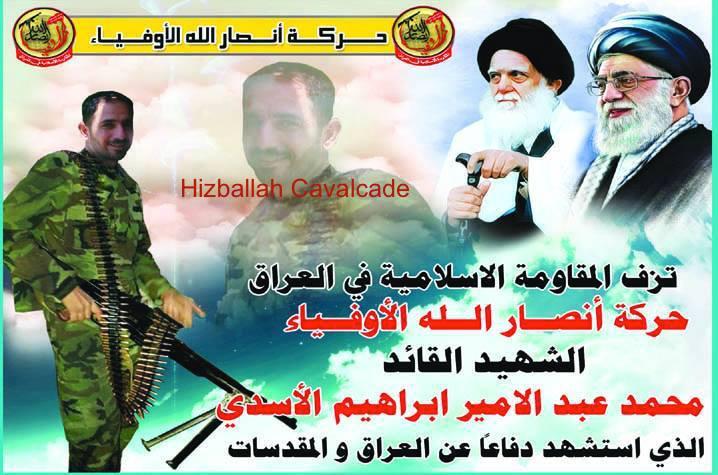
Figure 7: AAA commander Muhammad al-Assadi was declared killed while fighting in Iraq in a number of posts on August 24, 2014.
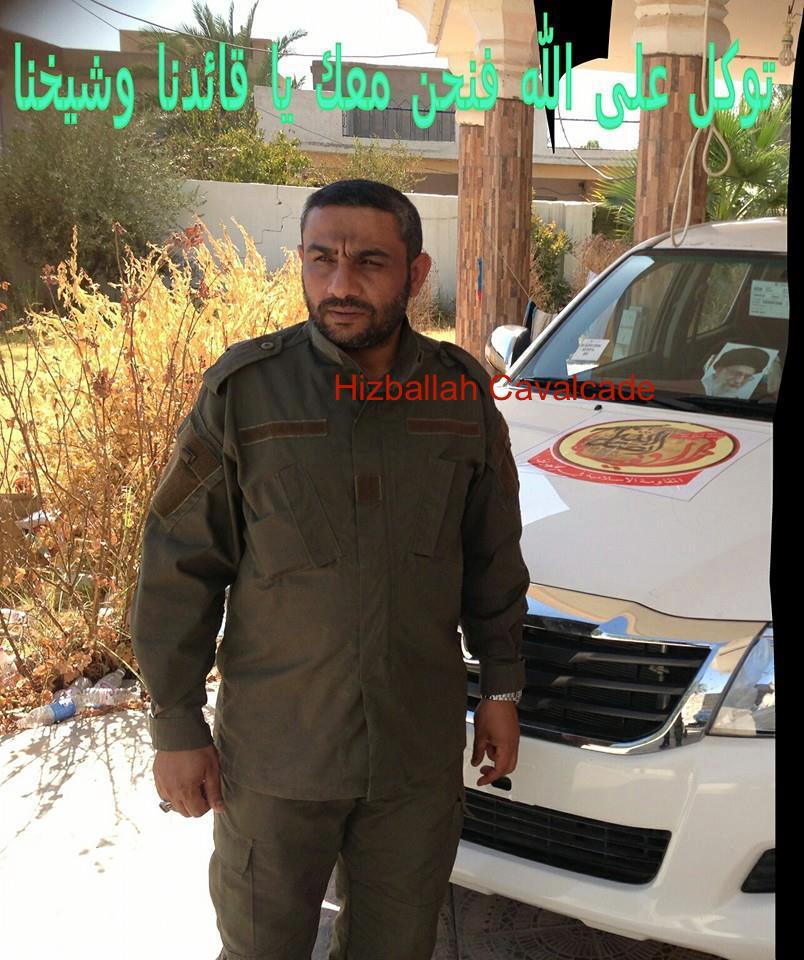
Figure 8: AAA’s secretary general, is shown in uniform posing in front of a car featuring the group’s logo and a poster of Iranian Supreme Leader Ayatollah Khamenei.
_____________
NOTES:
Category: Liwa’a al-Imam al-Hasan al-Mujtaba
Hizballah Cavalcade: Sariyya al-Tali’a al-Khurasani: A New Combat-Tested Shia Militia in Syria
NOTE: For prior parts in the Hizballah Cavalcade series you can view an archive of it all here.
—
Sariyya al-Tali’a al-Khurasani: A New Combat-Tested Shia Militia in Syria
By Phillip Smyth ([email protected])
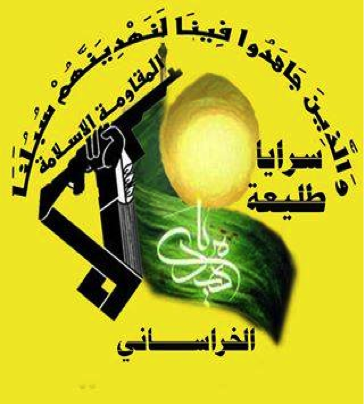
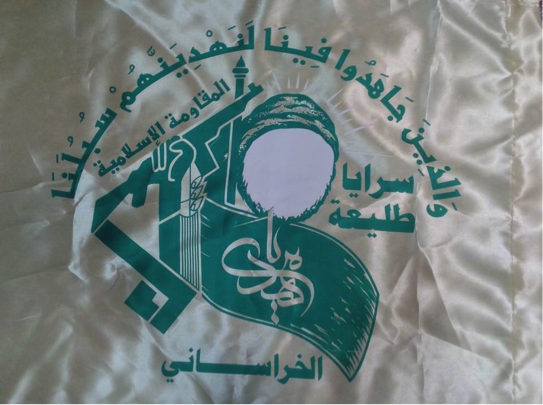
Figure 1: The STK’s logo (left) and flag (right). The logo includes Iran’s Islamic Revolutionary Guard Corps’s symbol. A verse from the Quran, Quran 29:69 meaning, “And those who strive for us [in jihad] we will surely guide them to our [Islamic] ways”. Over the rifle the phrase reads, “The Islamic Resistance”.
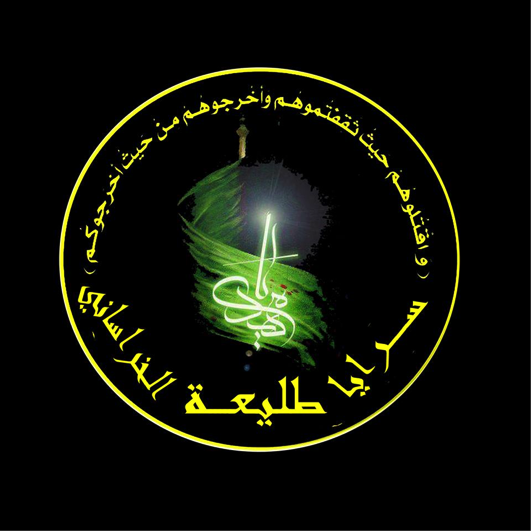
Figure 2: Another logo used by the STK.
In late September, Sariyya al-Tali’a al-Khurasani (STK or The Vanguards of Khurasani Unit), also referred to as the Khurasani Unit, first made itself known to the world via Facebook. The group may draw their name from Abu Muslim al-Khurasani (A.K.A. Abu Muslim), an 8th century military leader who helped depose the Sunni Umayyad dynasty’s rule over the early Islamic caliphate.[1] The STK also claims to be based out of Arbil, Iraq, the capital of Iraqi Kurdistan. According to the Khurasani Unit’s own releases, it appears to exclusively operate in a military function in rural areas outside of Damascus, Syria.
Technically, the STK was first announced on September 24, 2013 on Facebook. However, it is possible the group’s first page was made “private” and another mirror page was setup in its stead. Thus, the initial announcement of the group’s existence was hidden. The mirror page which first helped formally announce STK’s creation was made on October 8, 2013. Both pages hold unique images from the group and promote the same general messages. As with other Shia militias in Syria, the group claims to defend the Sayyida Zaynab shrine and promotes general pro-Iranian pan-Shia narratives. The promotion of Iranian Supreme Leader Ayatollah Ali Khamenei and of their own Shia identity through the posting of photos showing Shia clerics in their ranks is a regular theme.
Most of the STK’s imagery was posted in October. In fact, there were days when eight new images were posted on both of their Facebook sites. STK has also released extensive footage showing its fighters in combat inside Syria. This footage has included numerous photos of its fighters, including those of wounded members, and videos of the group engaged in combat. A particular feature of STK propaganda has been images showing the fighters posing with the group’s flag. Only the Badr Organization’s Syria unit, Quwet Shahid Baqir al-Sadr, has also engaged in extensive posting of images featuring their organization’s flag with their fighters in Syria.
While Shia Islamist organizations fighting in and contributing fighters to Syria have done little to hide their connections to Iran, STK went the extra step and actually repackaged Iran’s Islamic Revolutionary Guard Corps’ logo as their own. Their blatant promotion of Iran’s Supreme Leader in many of their posts leaves no illusions to which Shia clerical leader or ideology to which the group swears loyalty.
Unlike other Shia militias (E.G. Liwa’a ‘Ammar Ibn Yasir, Liwa’a al-Imam al-Hasan al-Mujtaba, and Liwa’a Abu Fadl al-Abbas) fighting in Syria, the STK has not stated which (if any) Iraqi Shia organizations have contributed fighters to the group.
The number of fighters in STK’s ranks is unknown, though their leadership has been identified. STK, has been reported to be fighting around Damascus’s Sayyida Zaynab Shrine and in the rural area near Damascus called Ghouta. Videos showing engagements featuring their fighters went viral among Syrian rebel supporters and Shia militia supporters online. In part, this has been due to the fact that their videos appear less staged (e.g. Shia militiamen firing a few rounds from a sniper rifle) and are much longer than others produced.
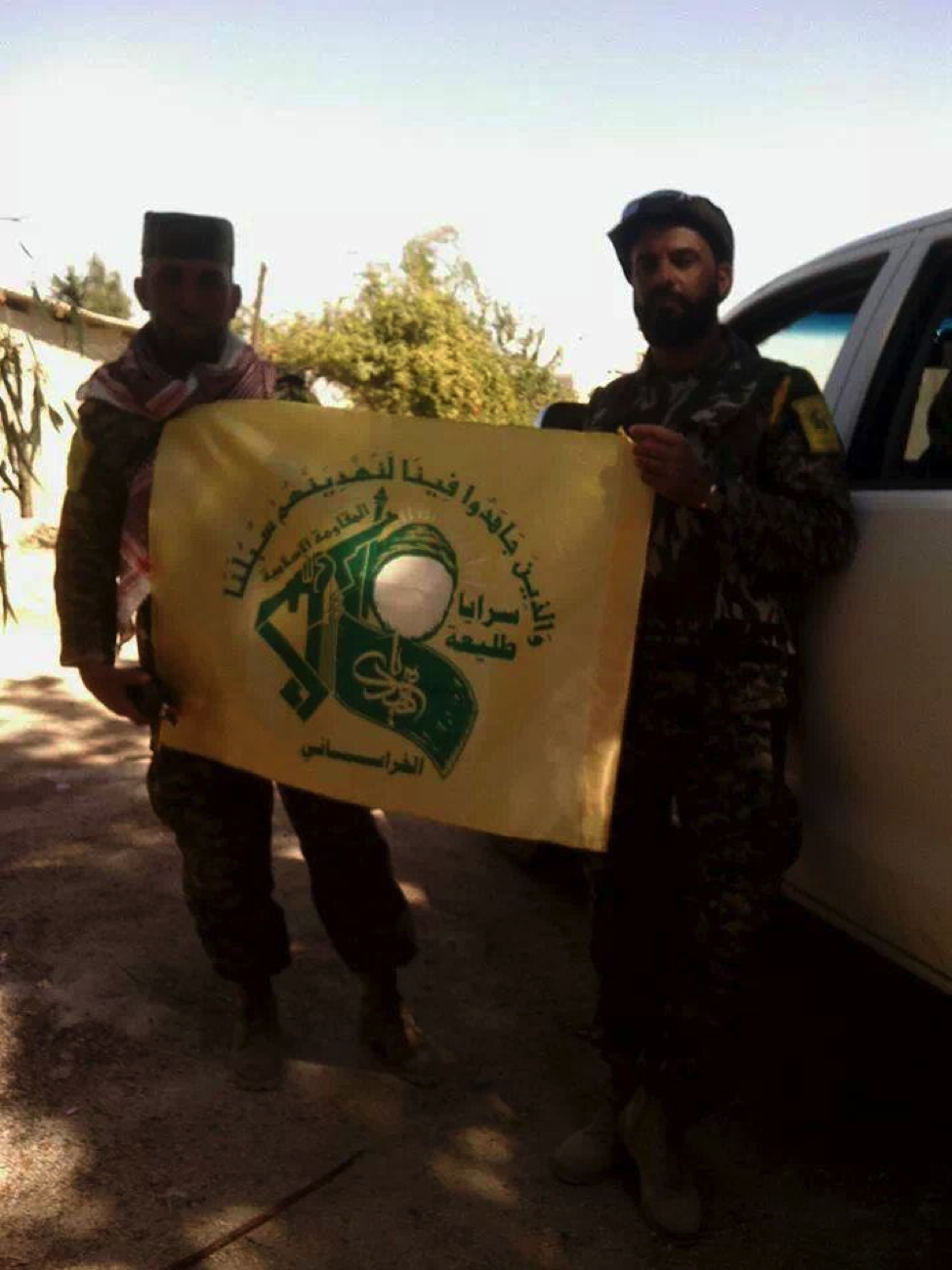
Figure 3: Two STK fighters pose in front of a truck holding the organization’s flag.
Ali al-Yasiri: The STK’s Commander
The immediate announcement of commanders for specific Shia fighting units in Syria is usually not a common theme. Less than two weeks after the first Facebook post made by the STK, it was announced by the group that their commander was named Ali al-Yasiri. Yasiri is shown in many photographs posted by the organization on its Facebook pages. Yasiri was also shown in photographs featuring Sayyid Muhammed Jawad al-Madrasi, a Shia cleric.[2]

Figure 4: Ali Yasiri is shown with Sayyid Jawad al-Madrasi. On Facebook, the group identified the cleric as, “Ajwad Madrasi”.
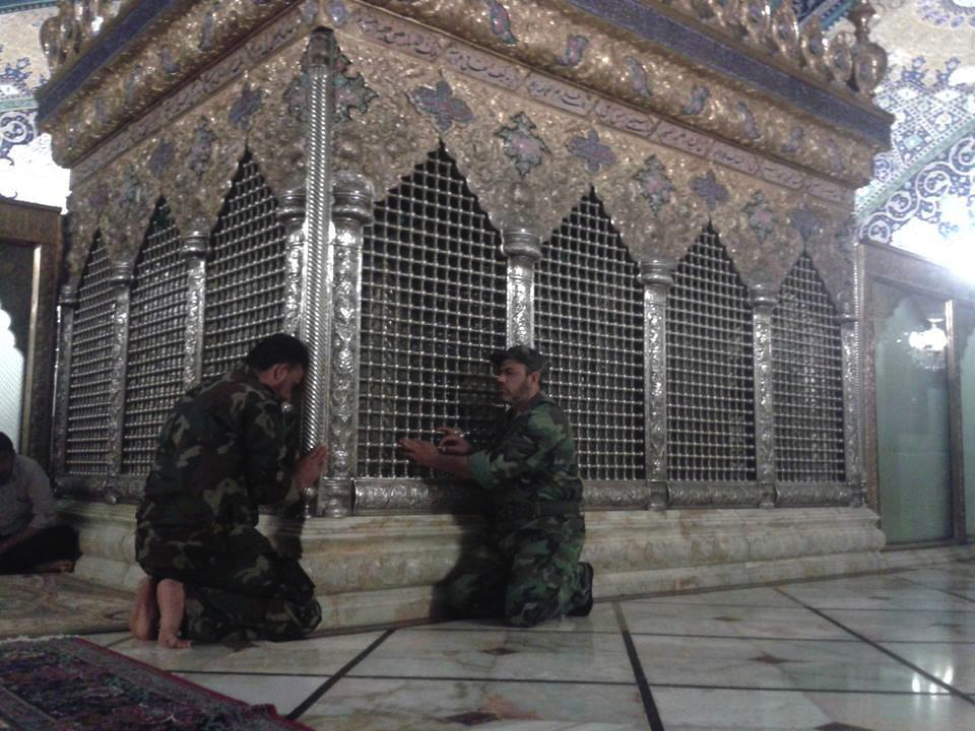
Figure 5: Yasiri and another unnamed STK fighter pose at Zaynab’s tomb.
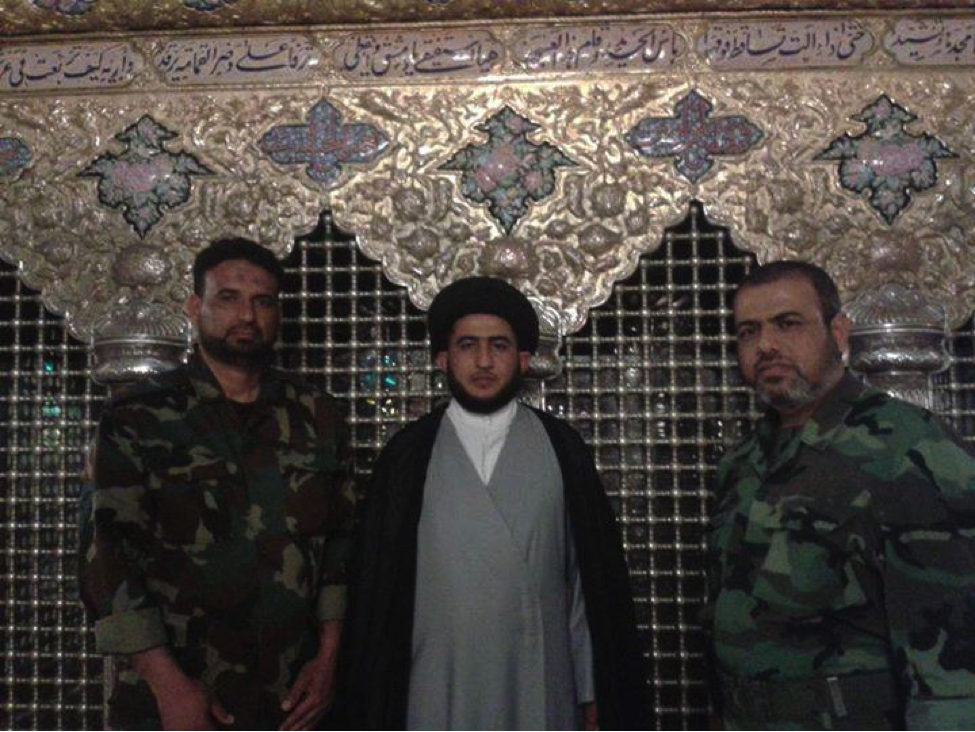
Figure 6: Yasiri and an unnamed fighter pose with an unnamed cleric at Zaynab’s tomb. All three figures have been featured in other photos released by STK.

Figure 7: Yasiri (left) and the same unnamed fighter pose together for a photo. The fighter on the right holds an SVD type sniper rifle.
STK’s Fighters & Equipment
Little information is available on the numbers of fighters STK has operating in the field. Judging from their photographs, the group has over twenty members. The arms the group uses mimic the varieties used by other Shia militias. Most of these weapons are Kalashnikov-type rifles, SVD-type sniper rifles, RPG-7s, and the PKM-type machine guns. The group has also been recorded using light mortars in clashes in rural areas outside of Damascus.
In addition to their small-arms, the militia’s uniforms appear to include types of U.S.-style digitized camouflage. Some of the group’s uniforms include M81-type woodland camouflage and Desert Camouflage Uniform-type patterns. Also, other unidentified types of camouflage patterns have been seen on the STK’s fighters.
Interestingly, many of the same faces are featured in photographs of STK fighters. In fact, one in particular, that of a Shia Islamic cleric wearing a black turban, can be spotted in many photos of STK militiamen. His inclusion may be a way the group demonstrates their Shia Islamic identity. The Badr Organization has also included clerics in their militia photos in a similar effort.
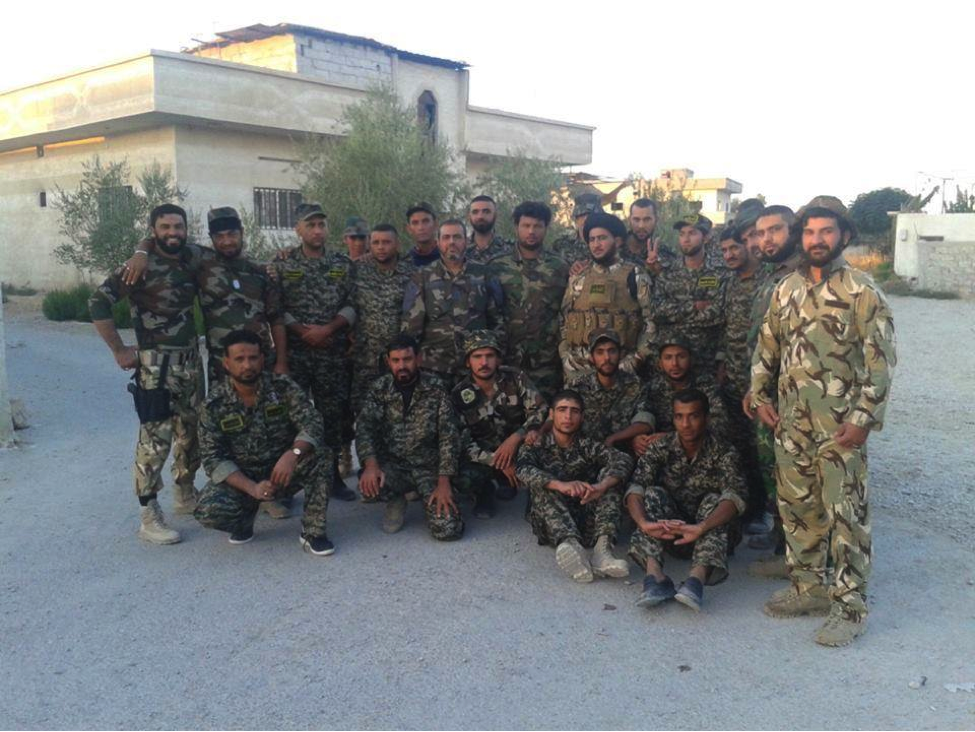
Figure 8: STK fighters pose for a photo in East Ghouta, Syria.
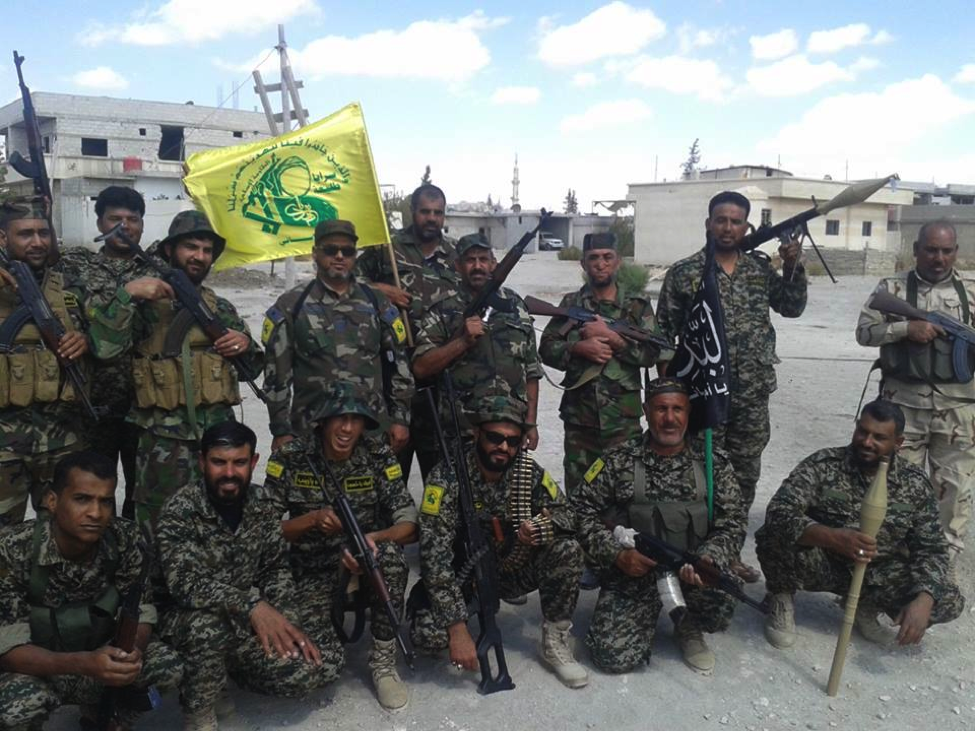
Figure 9: STK fighters pose with the group’s flag and light weapons.
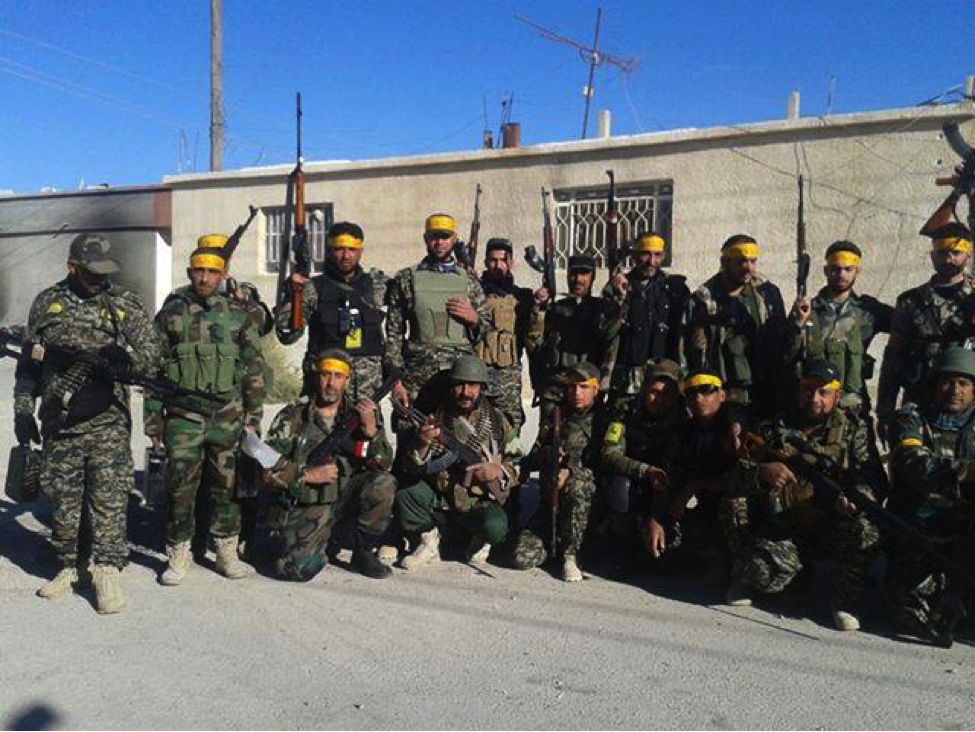
Figure 10: STK fighters pose in their uniforms and headbands.
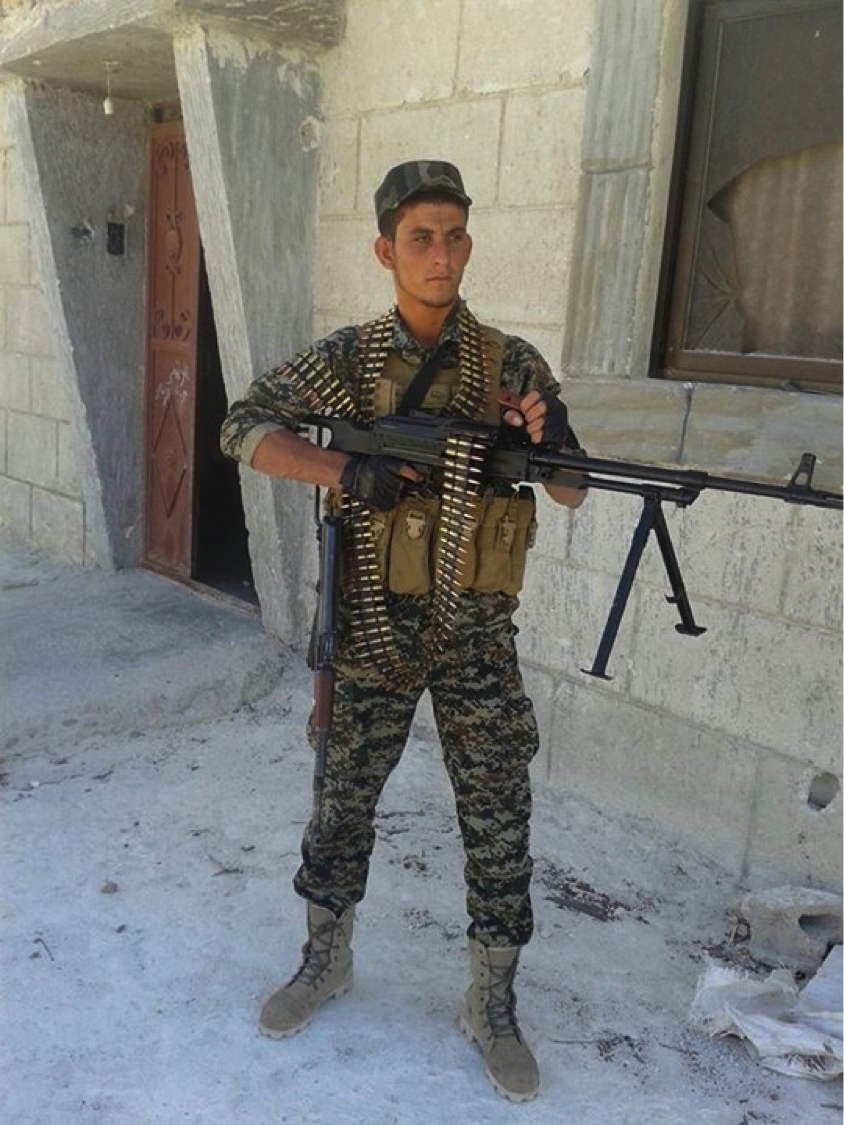
Figure 11: An STK machine gunner.
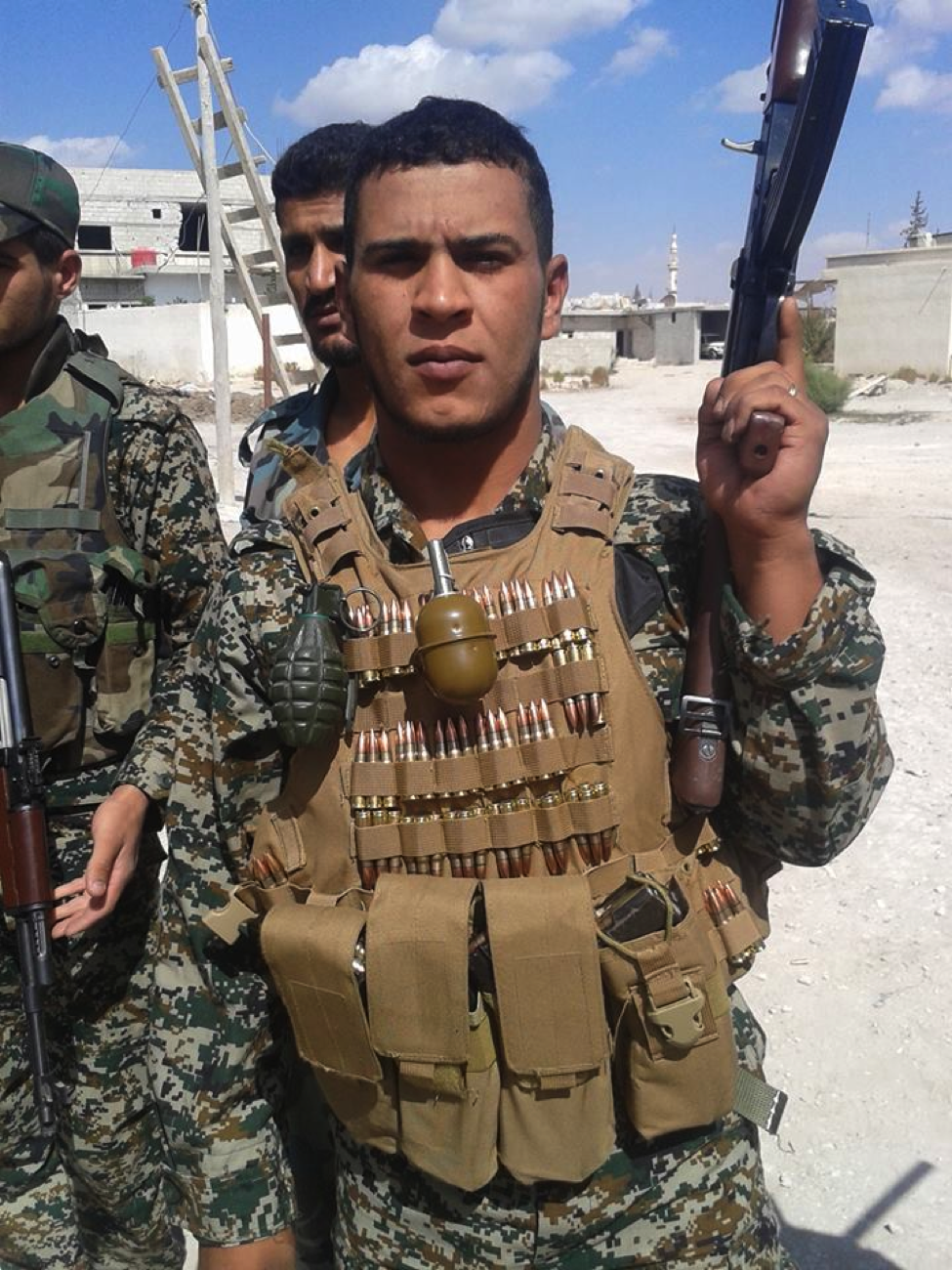
Figure 12: An STK fighter holds his rifle as he stands with other members of his organization.

Figure 13: STK fighters pose around an RPG-7 and the group’s banner.
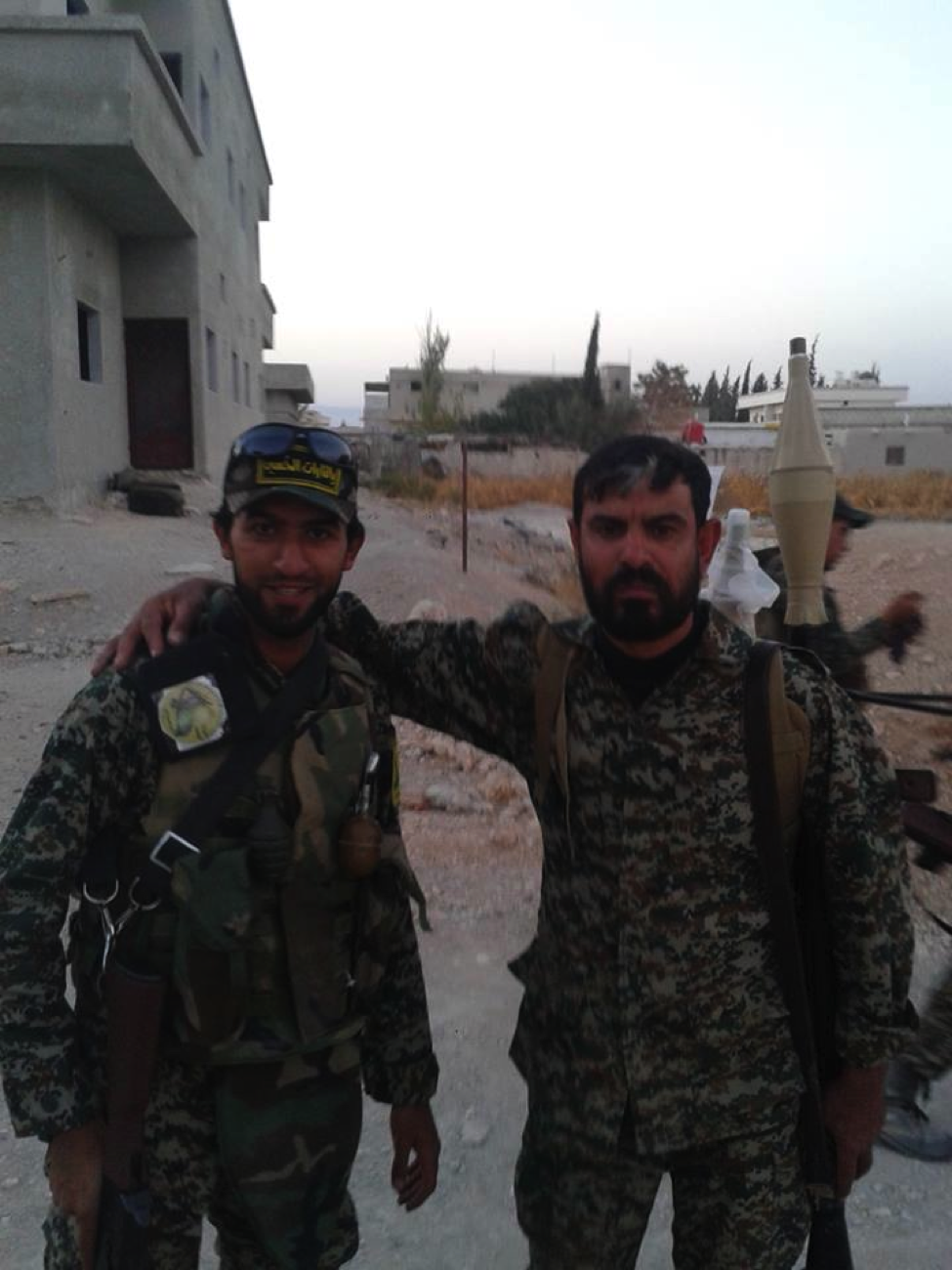
Figure 14: STK militiamen pose for the camera. The fighter on the right holds an RPG-7.
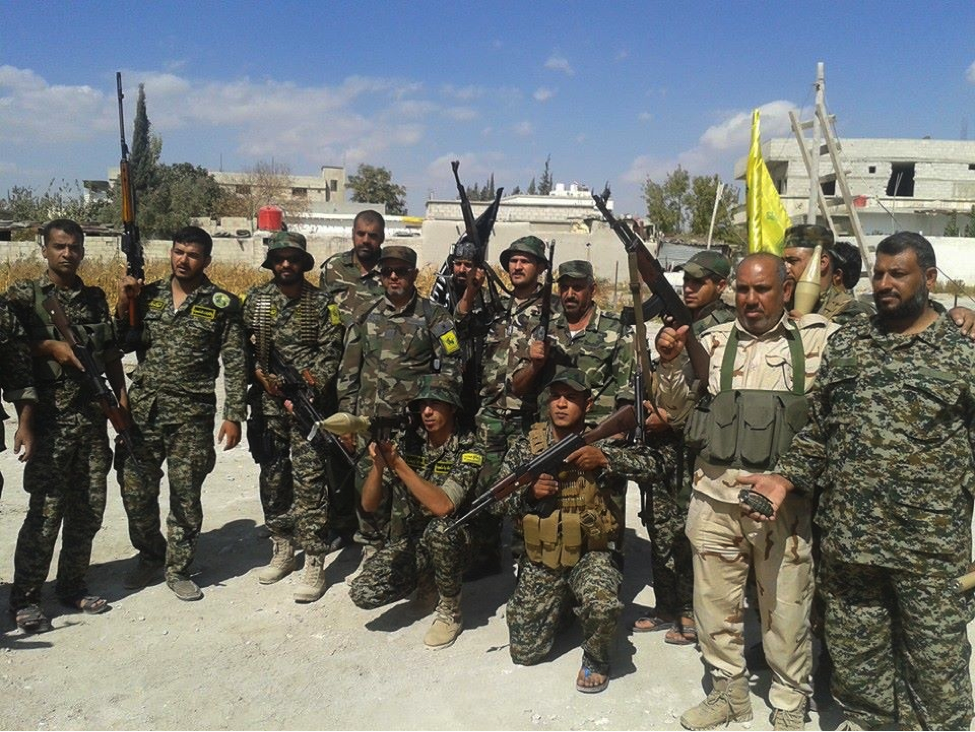
Figure 15: STK fighters stand and kneel together with their weapons as they pose for photographs.
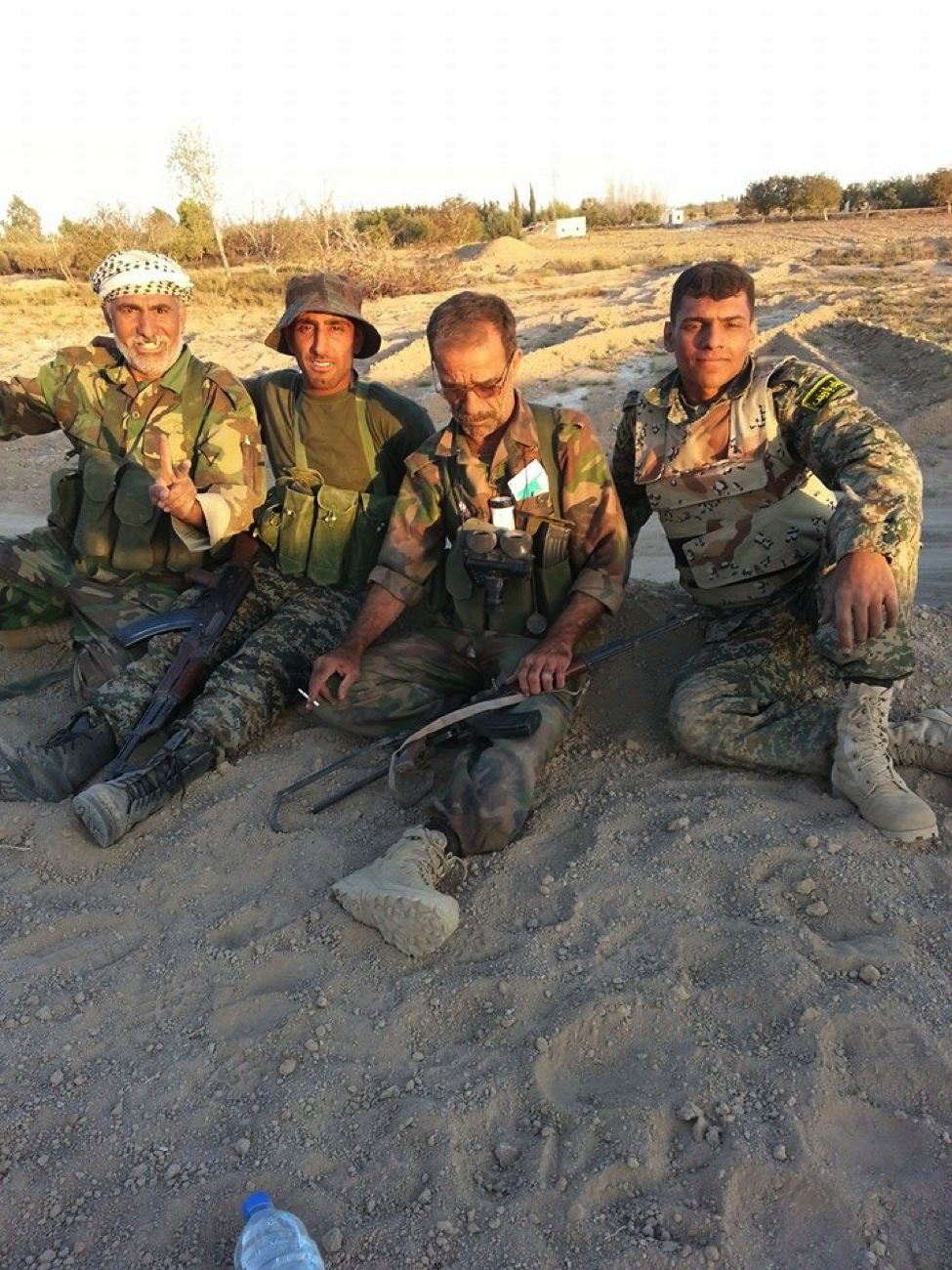
Figure 16: Older and younger fighters sitting together in Rif Dimashq.
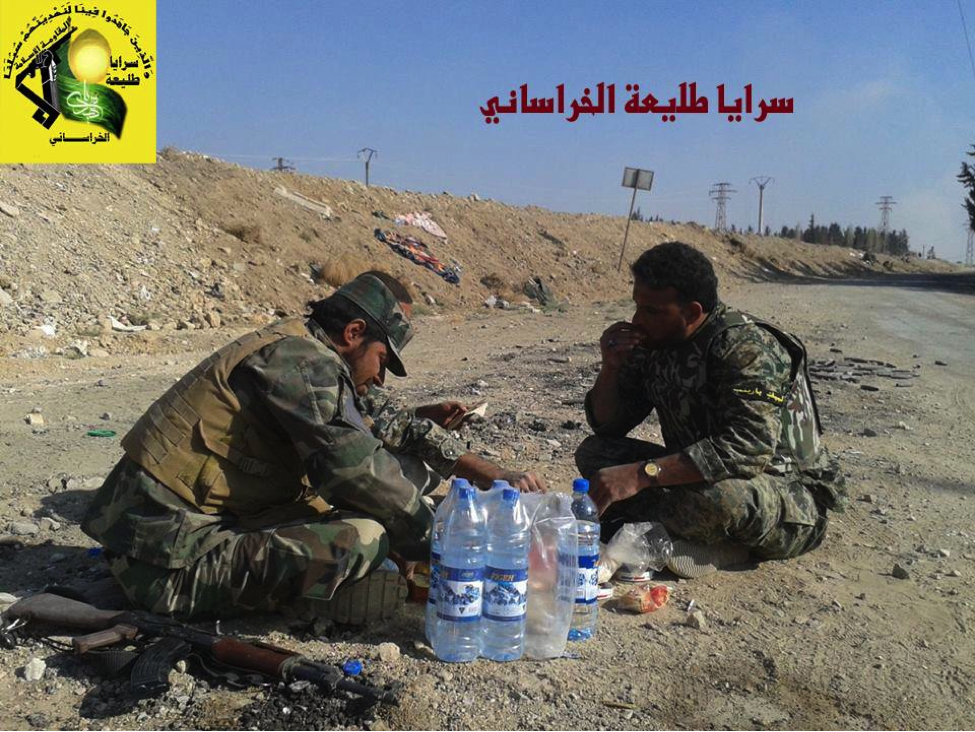
Figure 17: STK fighters take a break during fighting. The photo appears to be taken in the same area where some videos of STK combat engagements occurred.
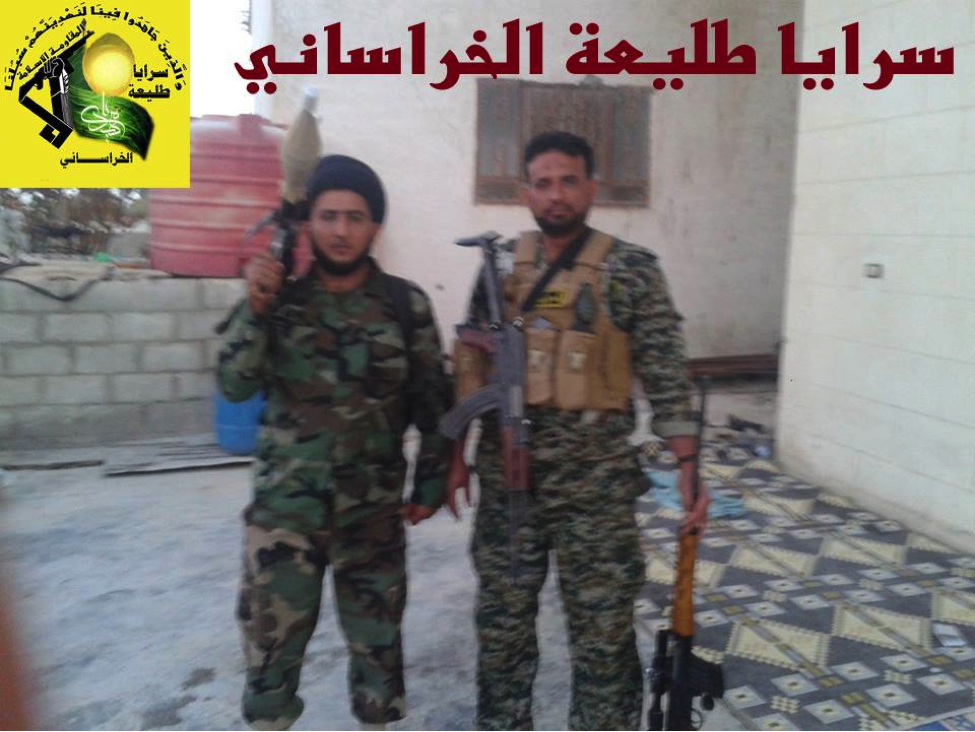
Figure 18: STK fighters, one appearing to be a Shia cleric, hold a mixture of small-arms.
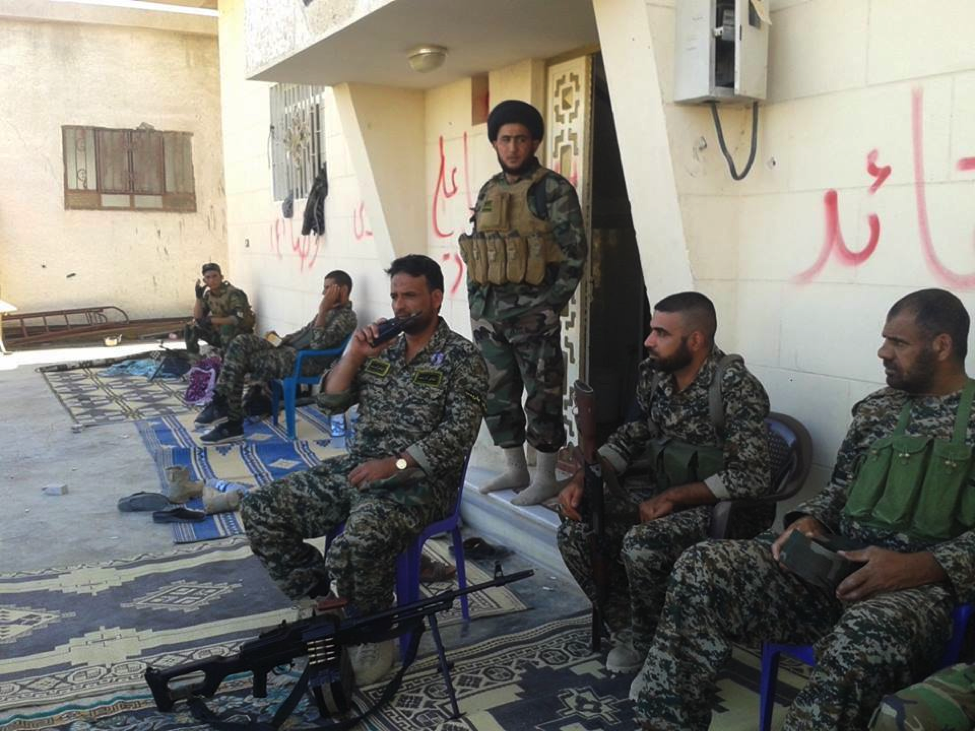
Figure 19: STK militiamen and a fighter in a black turban (signifying clerical status and descent from the Islamic Prophet Muhammed) relax in Rif Dimashq.
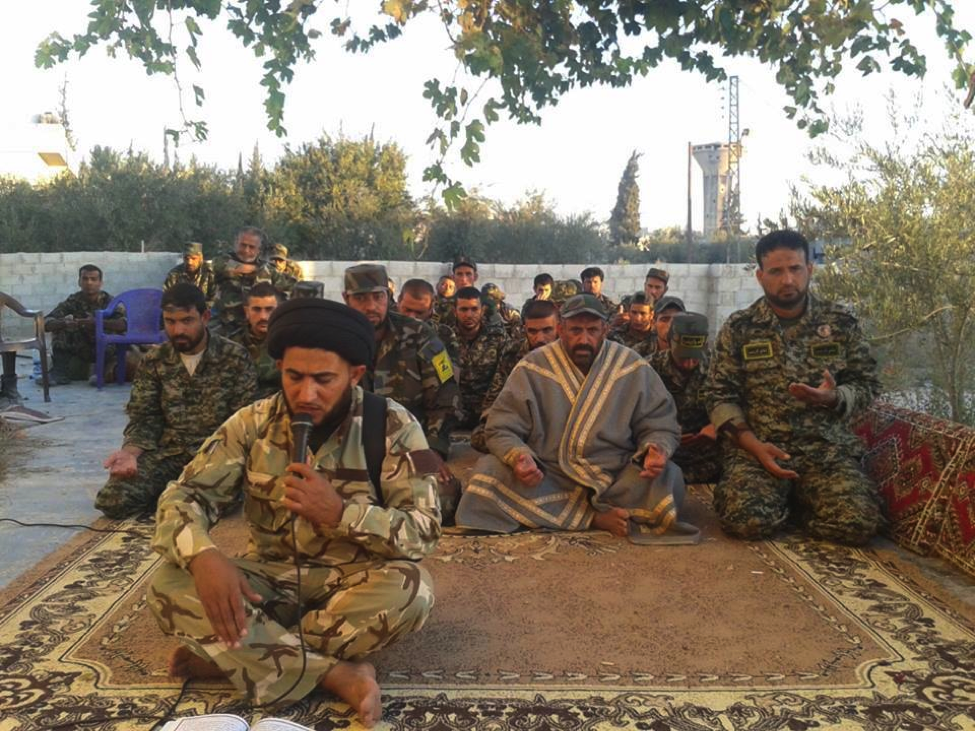
Figure 20: STK fighters at prayer time.

Figure 21: STK fighters. The fighter on the left has an SVD-type sniper rifle.
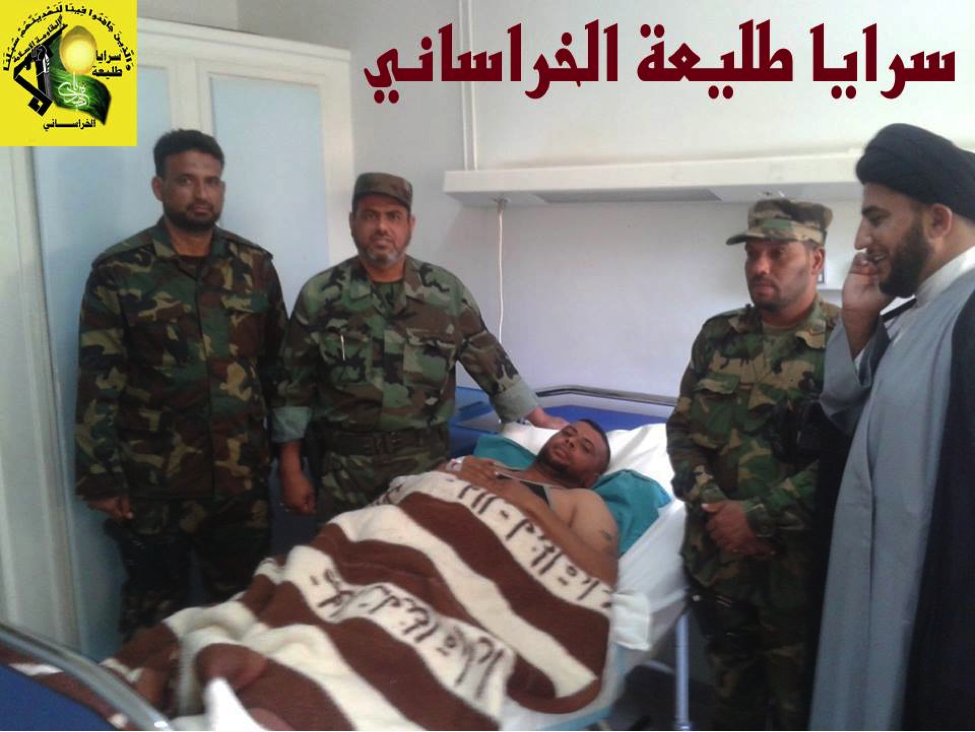
Figure 22: An injured fighter is shown with his compatriots and a Shia cleric.
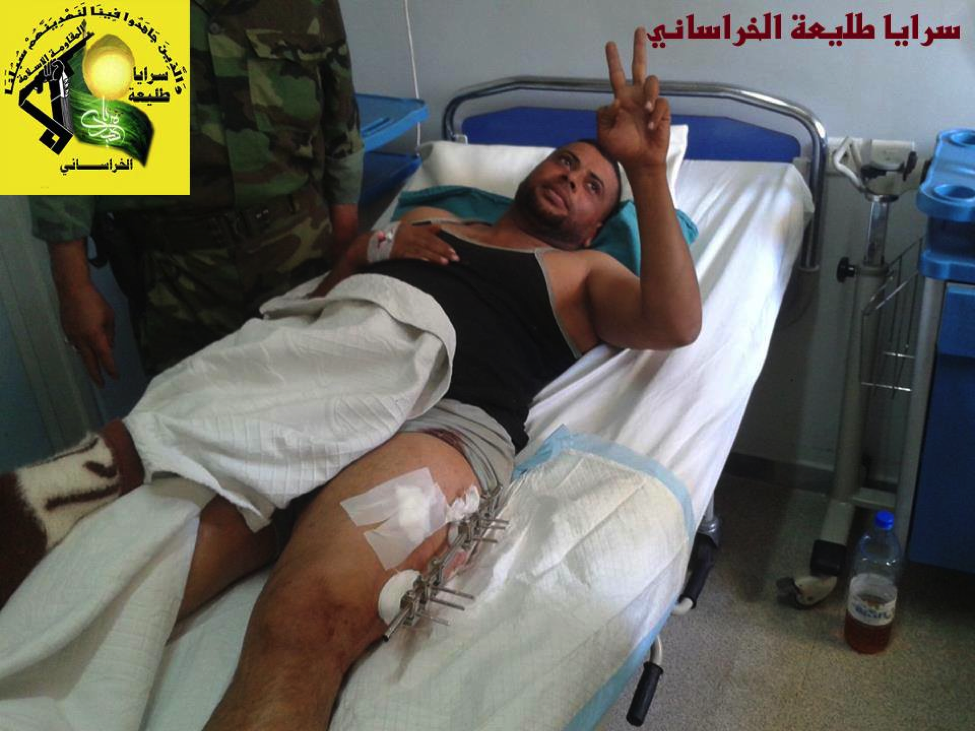
Figure 23: The same injured fighter flashes a “V for victory” symbol from his bed.
STK on Film
STK’s combat videos were first released in October and were quickly disseminated on Shia militia social media. When Syrian rebels came across the films in the weeks after their release, often the fighters were incorrectly branded as members of Liwa’a Abu Fadl al-Abbas.
The first of the videos STK released shows the group fighting from a structure in Rif Dimashq. Save for the caption and titles on the videos posted, there was nothing which identified the fighters in the film as members of STK. In two other combat videos it show STK militiamen operating in East Ghouta section of Rif Dimashq, firing mortars, RPGs, rifles, and other weapons.
[1] Matthew S. Gordon, The Rise of Islam, (Westport, CT: Greenwood Press, 2005), Pp. 47-48. [2] See al-Madrasi’s Facebook page: https://www.facebook.com/pages/%D8%A7%D9%84%D8%B3%D9%8A%D8%AF-%D9%85%D8%AD%D9%85%D8%AF-%D8%AC%D9%88%D8%A7%D8%AF-%D8%A7%D9%84%D9%85%D8%AF%D8%B1%D8%B3%D9%8A/178591738857323 The page has not been updated since 2012 and little information is available about the cleric online.
Hizballah Cavalcade: Liwa’a al-Imam al-Hasan al-Mujtaba: A Shia Militia Fighting in Rif Dimashq/Ghouta
NOTE: For prior parts in the Hizballah Cavalcade series you can view an archive of it all here.
—
Liwa’a al-Imam al-Hasan al-Mujtaba: A Shia Militia Fighting in Rif Dimashq/Ghouta
By Phillip Smyth ([email protected])
Click here for a PDF version of this post
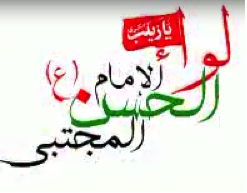
Figure 1: A vidcap of the LIHM’s logo. The symbol reads: “Liwa’a al-Imam al-Hasan al-Mujtaba. A red flag reading, “Ya Zaynab”, a reference to what Shia militias in Syria claim to be fighting for (e.g. the “defense of [the] Sayyida Zaynab” shrine in Damascus) flies on the alif in Liwa’a.
Throughout the summer of 2013, a collection of new Shia militias were announced to be fighting in Syria via social media. On July 23rd, one of these groups was announced on Facebook, carrying the name of Liwa’a al-Imam al-Hasan al-Mujtaba-Sariyya Shahid Ahmed Kayara (The Brigade of Imam Hasan the Chosen-The Martyr Ahmed Kayara Unit or LIHM). LIHM purports to operate in rural and urban sections outside of the city of Damascus. According to material the group has published on social media, the militia has been particularly deployed to defend the Damascus Airport road near Shebaa, in the southeast of Damascus.
The LIHM’s name references Shia Islam’s 2nd Imam, Hasan ibn Ali, who is often referred to in Shia literature as, “The Chosen”. Unlike other Shia militias operating in Syria, LIHM appears to have named sub-divisions of the organization and seems to be more open with announcing the establishment of these groups. Thus, based on social media posts by the group, it can be established that LIHM is split into smaller battalions with differing tasks. This is markedly different from how other Shi’a militias have presented themselves on social media. While it is possible they too have smaller units, usually the names of these groups and the fighters in them are rarely publicized.
Generally, LIHM’s claimed units only post photographs featuring 5-8 fighters. It is unknown if these combat units are limited to only that amount or if they are comprised of larger numbers. LIHM has also claimed to have its own mortar and rocket unit. Other infantry units are called The Abu Hamr Battalion and there is a so-called “Rapid Intervention” unit. The latter is called The Ashtar Battalion (Kata’ib al-Ashtar). It is likely this grouping was named after Malik al-Ashtar, “a long-standing and dedicated follower of the Imam [‘Ali].”[1] The existence of most of these units was announced in September 2013.
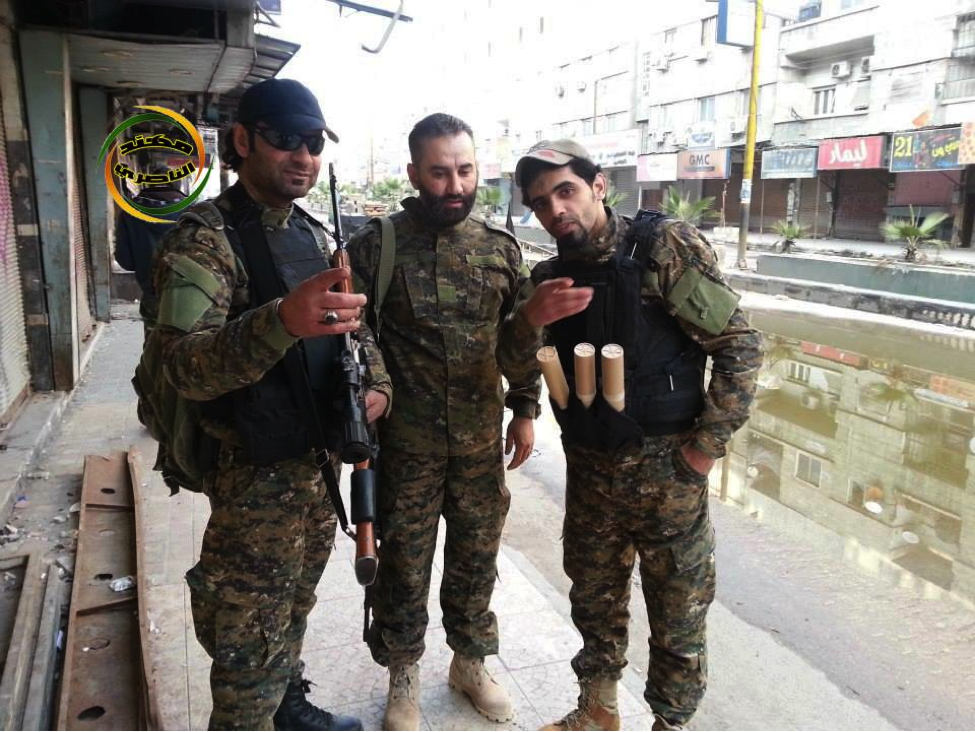
Figure 2: Ahmed Kayara (left holding the SVD-type sniper rifle) stands with other Shi’a militia commanders.
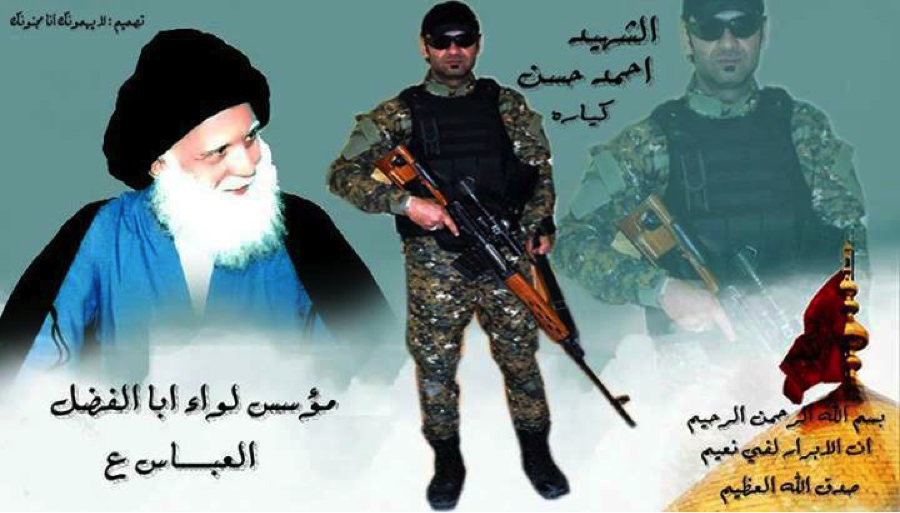
Figure 3: A martyrdom poster featuring Kayara and the late Iraqi Shia Islamist Grand Ayatollah Muhammed Sadiq al-Sadr.
Another one of these subdivisions is Sariyya Shahid Ahmed Kayara or The Martyr Ahmed Kayara Unit. In fact, LIHM’s official Facebook page includes this subdivision in its title. It is claimed that Hajji Thamer leads this group. Ahmed Hasan Kayara, also known by his nom de guerre, Abu Hamza, was one of the first publicly announced dead from the Damascus-based Shia militia, Liwa’a Abu Fadl al-Abbas. Videos of him in combat could be found online in early 2013. It was slowly established on social media circles that he was held a command position in Liwa’a Abu Fadl al-Abbas.
In late May and early June, comments on Kata’ib Sayyid al-Shuhada’s (KSS) original private Facebook group (before it was closed) claimed that some of the killed KSS members in Syria had been part of the Martyr Ahmed Kayara Unit. However, claims of the existence of a similarly named fighting group were only presented by the Facebook supporters of the different Shia militia groups, not by official administrators. Only with the creation of the LIHM’s Facebook were the militia and this particular subunit’s existence formally established.
Unlike other Shia militias operating inside Syria, LIHM has not posted any photographic material showing a link to Iran. However, when basic details regarding their fallen fighters are analyzed, it is clear these militiamen came from an Iranian-backed Iraq-based front group known occasionally as Harakat Nujaba. It has been established that Harakat Nujaba is a front for the Iranian-backed Asa’ib Ahl al-Haq and Kata’ib Hizballah.[2] This front organization was first analyzed on Hizballah Cavalcade when it announced that it was supplying fighters to Liwa’a ‘Ammar Ibn Yasir, a Shia militia which claims to operate in Aleppo. The reasons for excluding the Iranian Revolution (1979) themed material may be part of an effort to create more support for Shia militia operations in Syria along a broader Pan-Shia line.
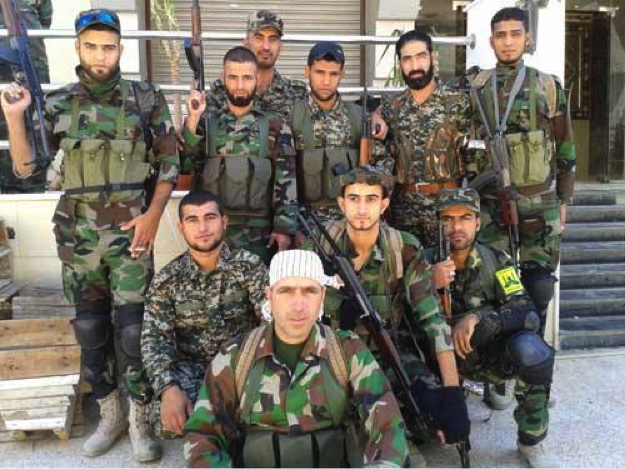
Figure 4: LIHM’s “Rapid Intervention” unit, The Ashtar Battalion.

Figure 5: LIHM’s “Abu Hamr Batallion” (Kata’ib Abu Hamr) which claims it, “protects the holy shrines”.
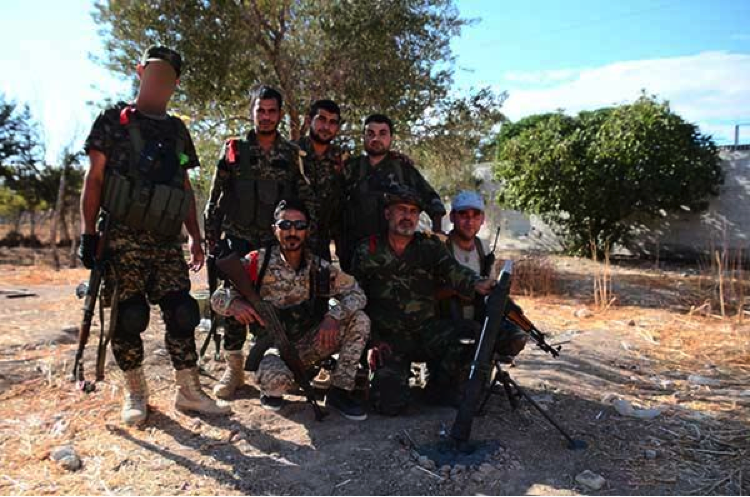
Figure 6: LIHM claims this is their “Mortar and Rocket Battalion”.

Figure 7: Haji Thamer, the commander of LIHM’s Martyr Ahmed Kayara Unit.

Figure 8: An LIHM fighter by the name of Saif al-Salam sits wrapped in a blanket near a sandbagged position.
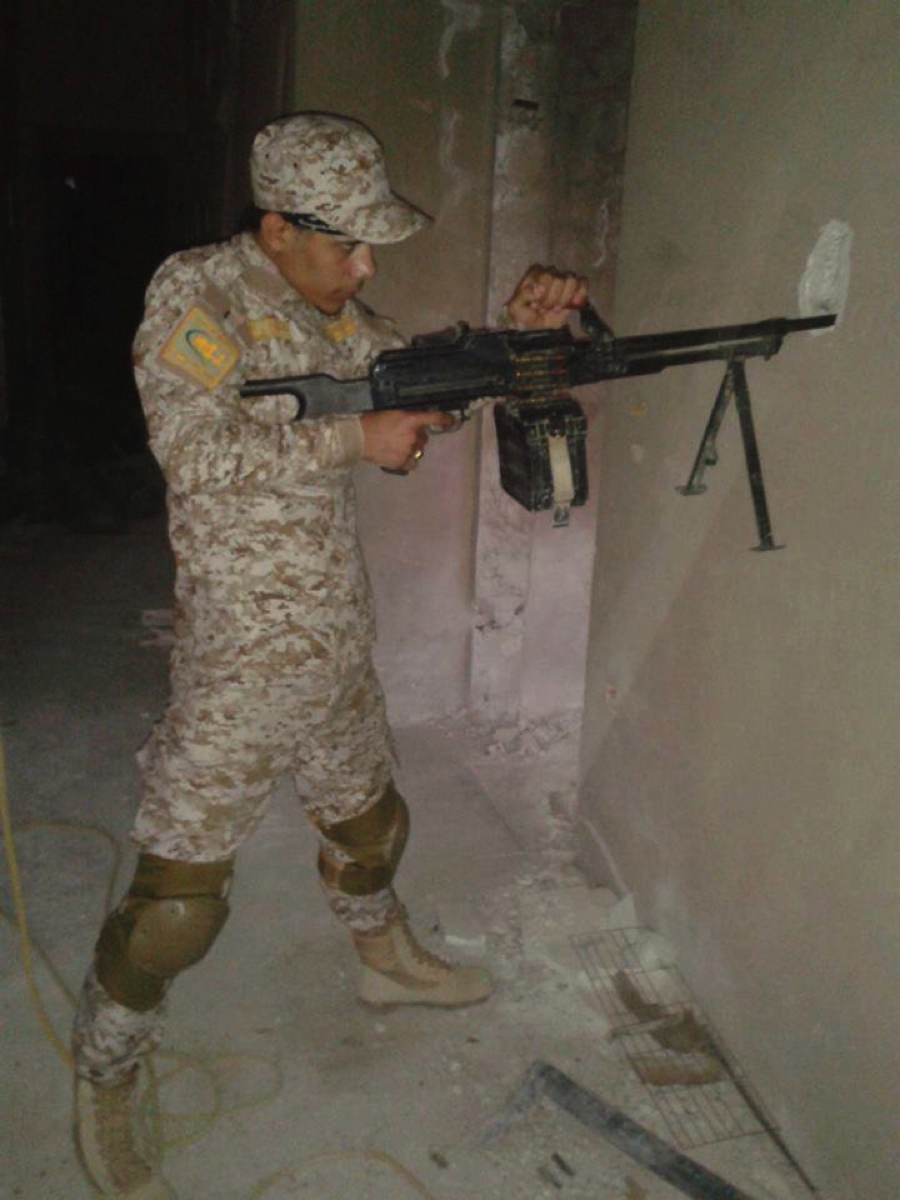
Figure 9: Sajad al-Iraqi, reportedly a member of the LIHM’s Martyr Ahmed Kayara Unit, takes aim with a PKM-type machine gun. Note the distinctive shoulder patch.
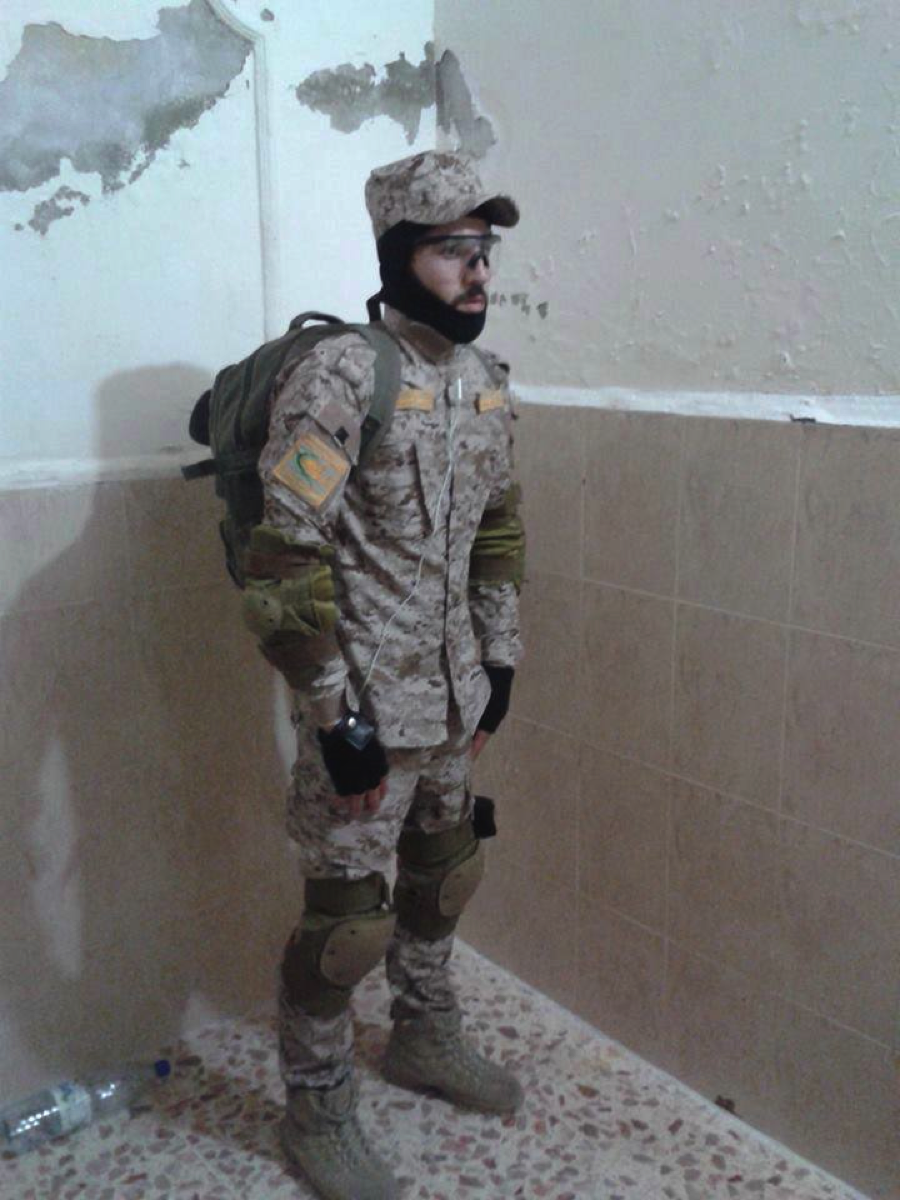
Figure 10: Abu Muqtada al-Baghdadi, another LIHM militiaman. Note the distinctive shoulder patch.
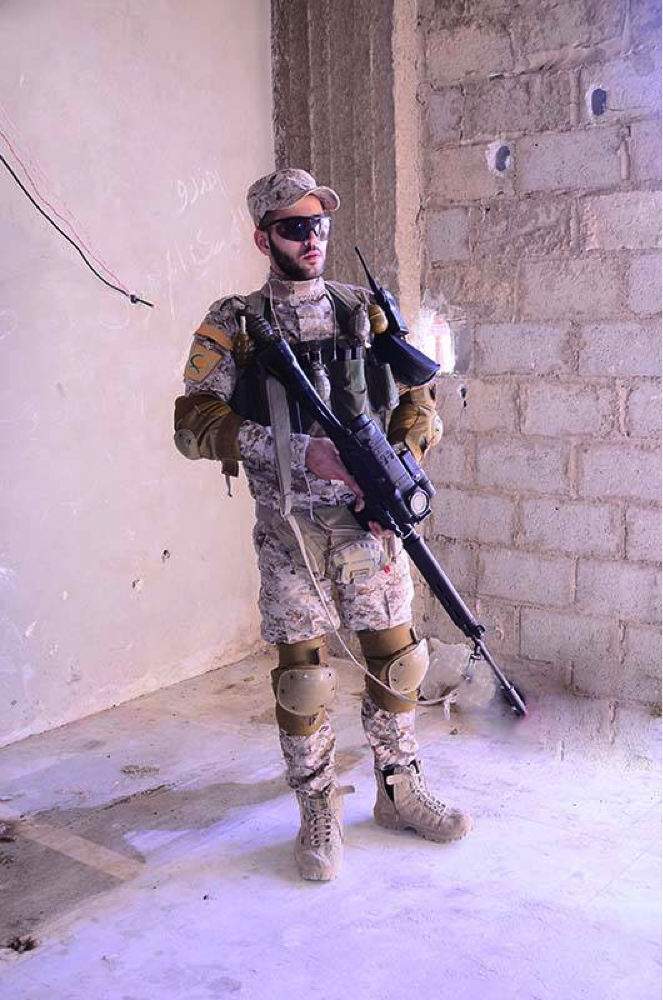
Figure 11: LIHM’s Hashim al-Baghdadi holds a FAL-type rifle mounted with optics. Note the distinctive shoulder patch.
LIHM’s Martyrs
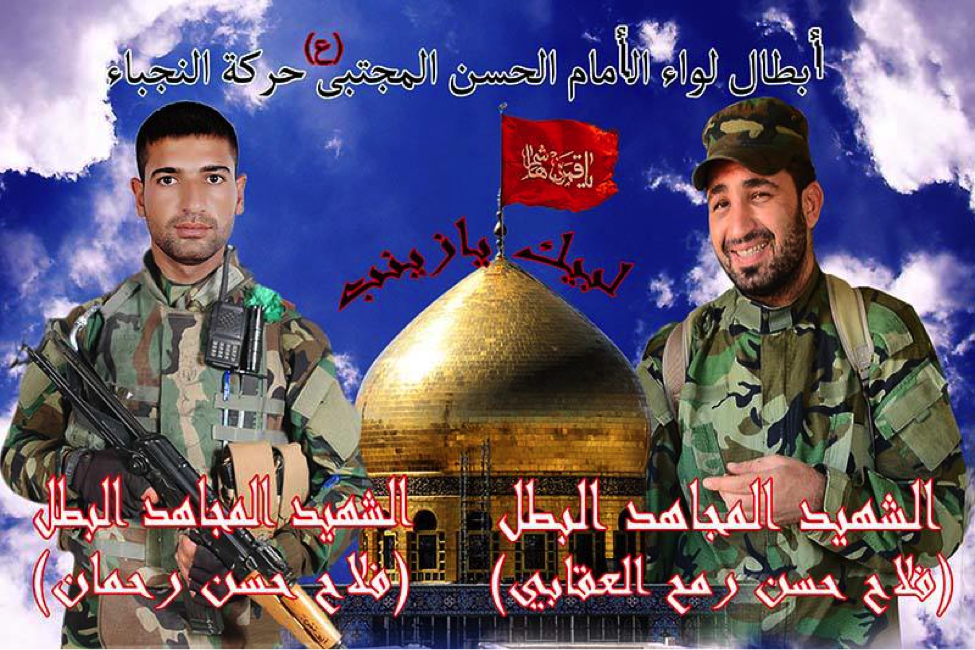
Figure 12: Fala’ Hasan Rahman (left) and Fala’ Hasan Rama’ al-‘Aqabi (right) are pictured in a joint martyrdom poster. In the center sits the golden dome of the Sayyida Zaynab Shrine in Damascus. This and other posters identify them as members of Harakat Nujaba.
Name: Fala’ Hasan Rama’ al-‘Aqabi
Death Announced: September 2, 2013
Notes: ‘Aqabi’s was listed as a member of the Harakat Nujaba. Harakat Nujaba is a front set-up by Kata’ib Hizballah and Asa’ib Ahl al-Haq to funnel fighters from Iraq to Syria. The group is the main front which supplies fighters to Liwa’a Ammar Ibn Yasir.
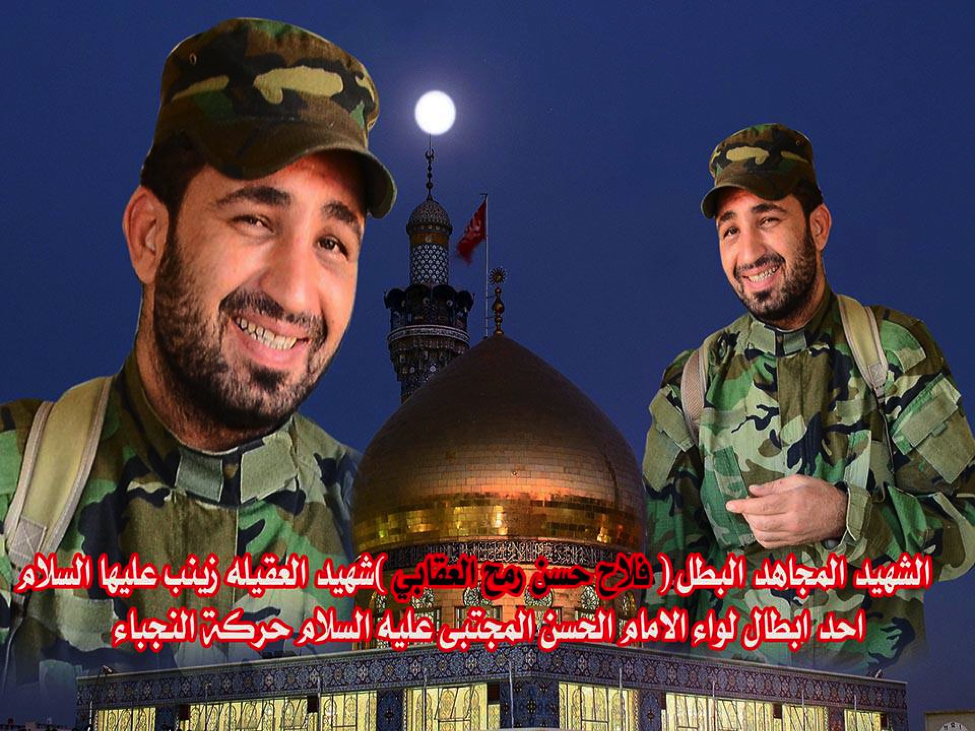
Name: Fala’ Hasan Rahman
Death Announced: September 3, 2013
Notes: Rahman was listed as a member of Harakat Nujaba.
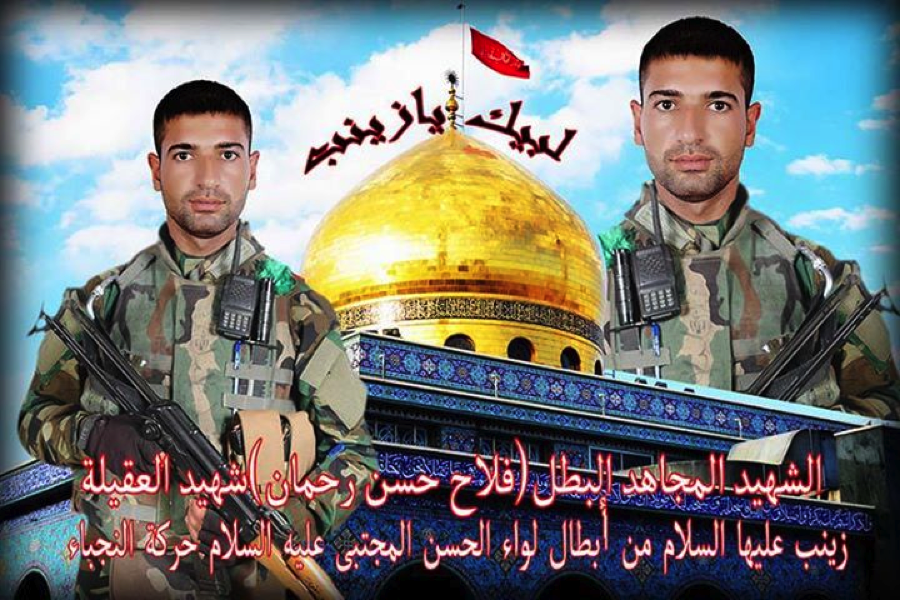
Combat Videos
LIHM’s fighters have been featured in a number of videos uploaded to YouTube and Facebook. In one of the videos, an interviewer claims the group is fighting, “irhab al-kafir” or “infidel terrorism”. Shia identity is also reinforced with the singing of an ad hoc nashid and chants which praise historic and symbolic Shia leaders like Abbas and Zaynab.
Like other Shia militias in Syria, these videos often feature videos demonstrating the group’s acumen when it comes to deploying snipers. One interesting feature of these clips is to show LIHM fighters firing a round and then showing a split screen utilizing footage of Syrian rebels being shot and killed. Additionally, common Syria-oriented Shia militia songs used by other Shia militias and some older footage from Liwa’a Abu Fadl al-Abbas (particularly video of Ahmed Kayara) has been repackaged in these videos.
[1] Reza Shah-Kazemi, “A Sacred Conception of Justice: Imam ‘Ali’s Letter to Malik al-Ashtar” in M. Ali Lakhani, The Sacred Foundations of Justice in Islam: The Teachings of ʻAlī Ibn Abī Ṭālib, (North Vancouver, B.C.: Sacred Web Publishing, 2006), P.64. [2] See: https://www.reuters.com/article/2013/08/30/us-syria-crisis-iraq-idUSBRE97T0XH20130830
